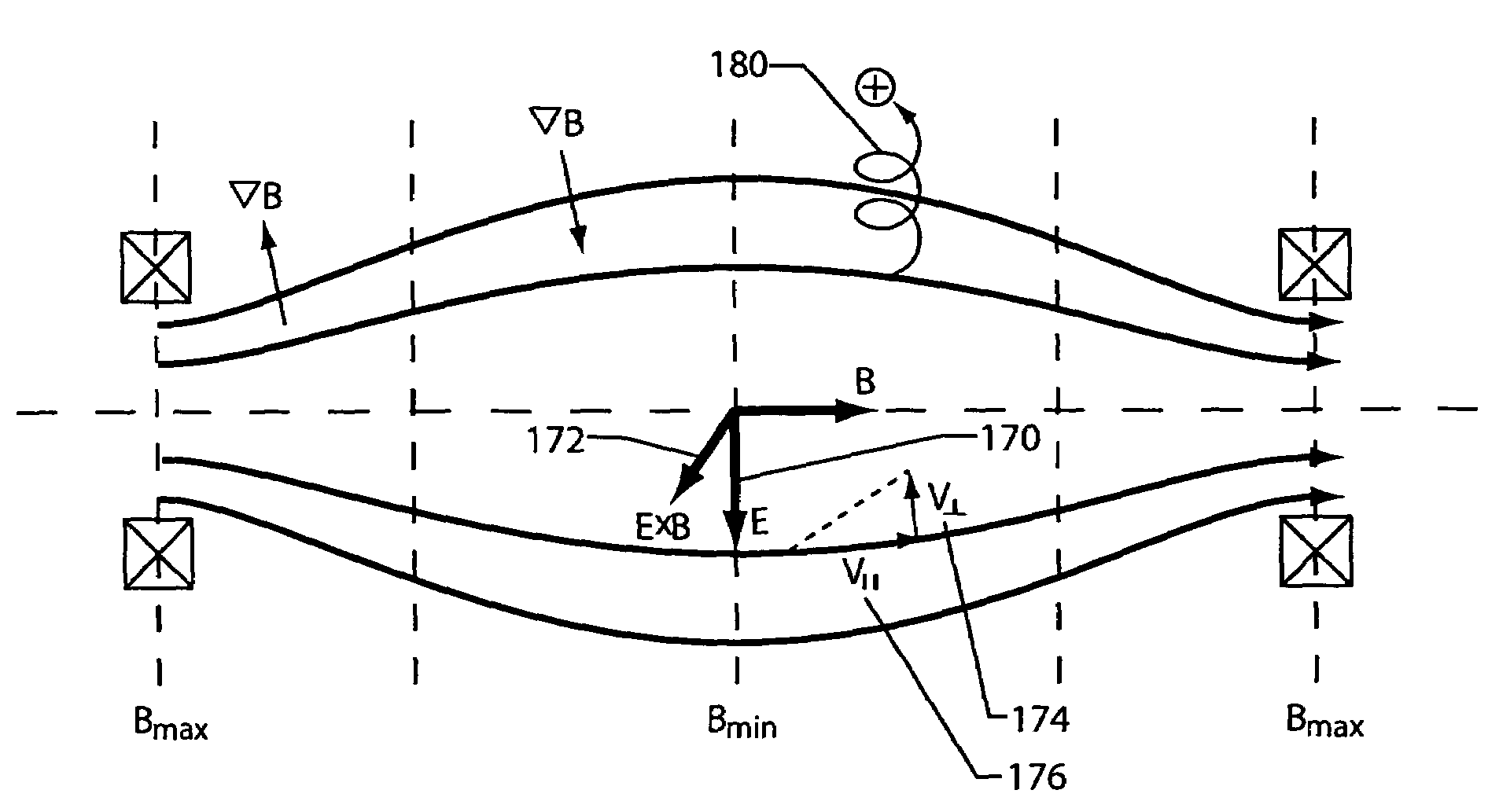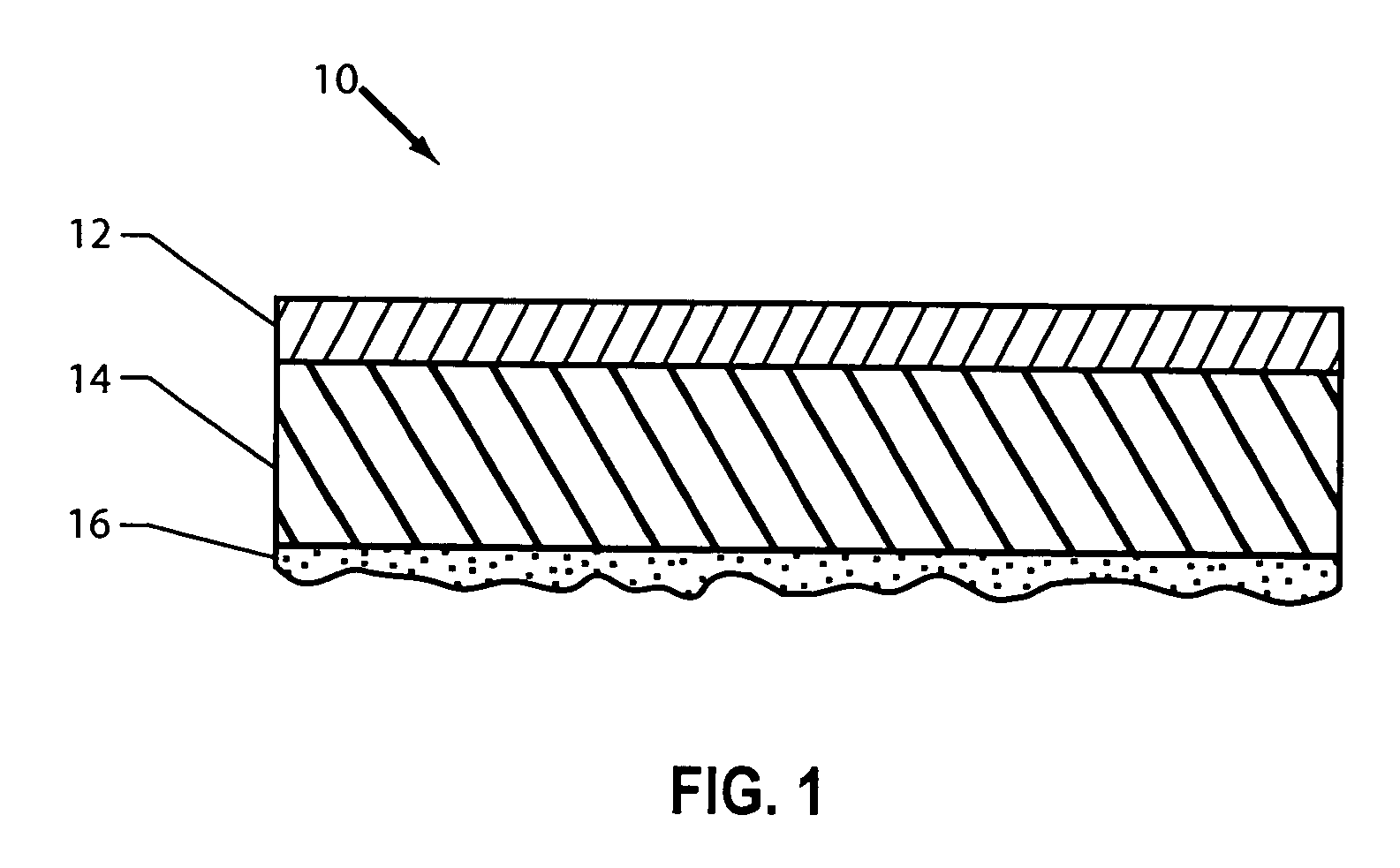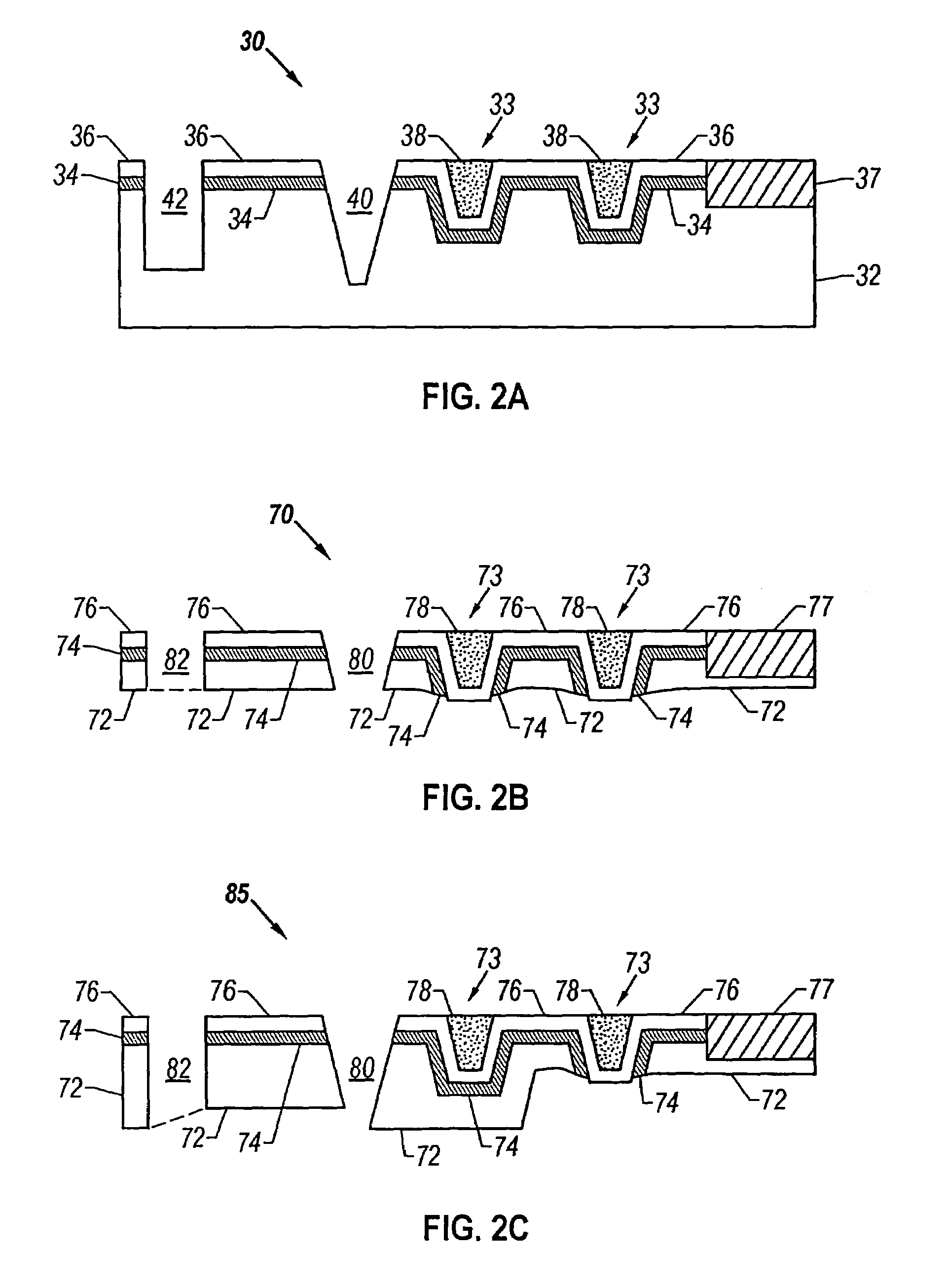Wafer thinning using magnetic mirror plasma
a technology of magnetic mirror plasma and wafer thinning, which is applied in the direction of vacuum evaporation coating, electrolysis components, coatings, etc., can solve the problems of non-use of magnetic mirror fields and substrate processing, and achieve low variance thickness and optimize dissociation of complex process gases
- Summary
- Abstract
- Description
- Claims
- Application Information
AI Technical Summary
Benefits of technology
Problems solved by technology
Method used
Image
Examples
Embodiment Construction
[0038]WLP and flip chip with bump designs are useful for applications where higher functionality per unit volume is required and not available with conventional packaging approaches. These include, but are not limited to, portable, battery powered devices like cell phones, personal digital assistants, notebook computers, camcorders, and smart cards, among others. Moreover, functional and performance improvements such as stacked die, better temperature survivability and faster performance (due to reduced parasitic capacitance) may be achieved with thinner wafers.
[0039]In wafer level processing (WLP), processing steps such as final test, burn-in, and memory array repair may be performed prior to segregation. Economies improve with larger wafers. However, larger wafers typically have greater thickness to prevent breakage during front side processing. Typical wafer thinning techniques are limited in the thickness they may achieve.
[0040]FIG. 1 is a cross section illustration of an exempl...
PUM
| Property | Measurement | Unit |
|---|---|---|
| thick | aaaaa | aaaaa |
| diameter | aaaaa | aaaaa |
| diameter | aaaaa | aaaaa |
Abstract
Description
Claims
Application Information
 Login to View More
Login to View More - R&D
- Intellectual Property
- Life Sciences
- Materials
- Tech Scout
- Unparalleled Data Quality
- Higher Quality Content
- 60% Fewer Hallucinations
Browse by: Latest US Patents, China's latest patents, Technical Efficacy Thesaurus, Application Domain, Technology Topic, Popular Technical Reports.
© 2025 PatSnap. All rights reserved.Legal|Privacy policy|Modern Slavery Act Transparency Statement|Sitemap|About US| Contact US: help@patsnap.com



